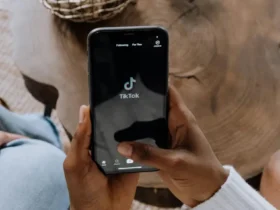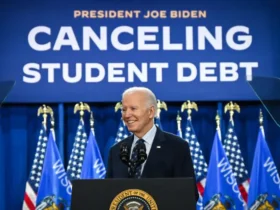On January 18, 2025, TikTok, the widely popular video-sharing app, became inaccessible to its 170 million U.S. users.
This development followed the U.S. Supreme Court’s decision to uphold a federal law mandating that TikTok’s Chinese parent company, ByteDance, divest its U.S. operations or face a nationwide ban.
Supreme Court’s Ruling and Immediate Impact
The Supreme Court’s unanimous ruling emphasized that the national security risks associated with ByteDance’s ownership of TikTok outweighed concerns regarding free speech limitations.
The court stated that divestiture was essential to mitigate potential threats posed by TikTok’s data collection practices and its connections to China.
In compliance with the new law, TikTok was removed from Apple and Google’s app stores in the U.S., preventing new downloads and updates.
Existing users attempting to access the app received a notification stating, “Sorry, TikTok isn’t available right now… A law banning TikTok has been enacted in the U.S. Unfortunately, that means you can’t use TikTok for now.”
Political Developments and Potential Resolutions
President-elect Donald Trump, set to assume office on January 20, has expressed intentions to address the situation promptly.
He indicated the possibility of issuing an executive order to extend the deadline for ByteDance to divest its U.S. operations, potentially granting a 90-day extension to negotiate a deal that would allow TikTok to resume services in the country.
This approach suggests a shift from the previous administration’s stance, as President-elect Trump has conveyed a more favorable view of TikTok, acknowledging its popularity among younger demographics and its role in the digital economy.
Discussions are anticipated to explore various solutions, including the potential sale of TikTok’s U.S. operations to an American company or implementing stringent data privacy measures to alleviate national security concerns.
Community and Industry Reactions
The abrupt unavailability of TikTok has elicited strong reactions from its vast user base and content creators.
Many have taken to other social media platforms to express their disappointment and uncertainty, with hashtags like #SaveTikTok trending across various sites.
Content creators, who rely on TikTok for their livelihood, are particularly affected, facing disruptions in their engagement with audiences and income streams.
Advertisers and marketers are also reassessing their strategies in light of TikTok’s suspension. Brands that have invested in TikTok’s advertising platform are now exploring alternative avenues to reach their target audiences, including platforms like Instagram, Facebook, and YouTube.
The uncertainty surrounding TikTok’s future in the U.S. has prompted a broader discussion on the stability and reliability of social media platforms as marketing channels.
Looking Ahead
As the situation unfolds, stakeholders are closely monitoring the incoming administration’s actions regarding TikTok’s operations in the U.S. The potential for an executive order to extend the divestiture deadline offers a glimmer of hope for users and creators eager to see the app reinstated.
However, the outcome will largely depend on negotiations between ByteDance, potential U.S. buyers, and federal authorities to address the national security concerns that prompted the ban.
In the interim, the digital landscape continues to adapt, with users and creators seeking alternative platforms to fill the void left by TikTok’s absence.
The situation serves as a poignant reminder of the complex interplay between technology, national security, and the global digital economy.










































Leave a Reply